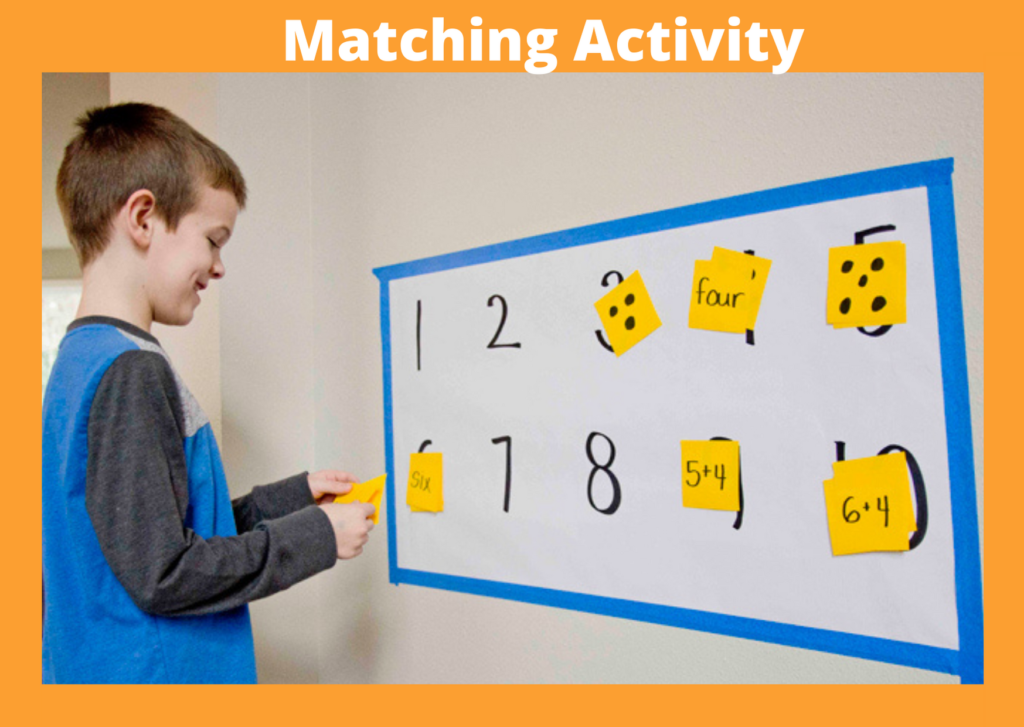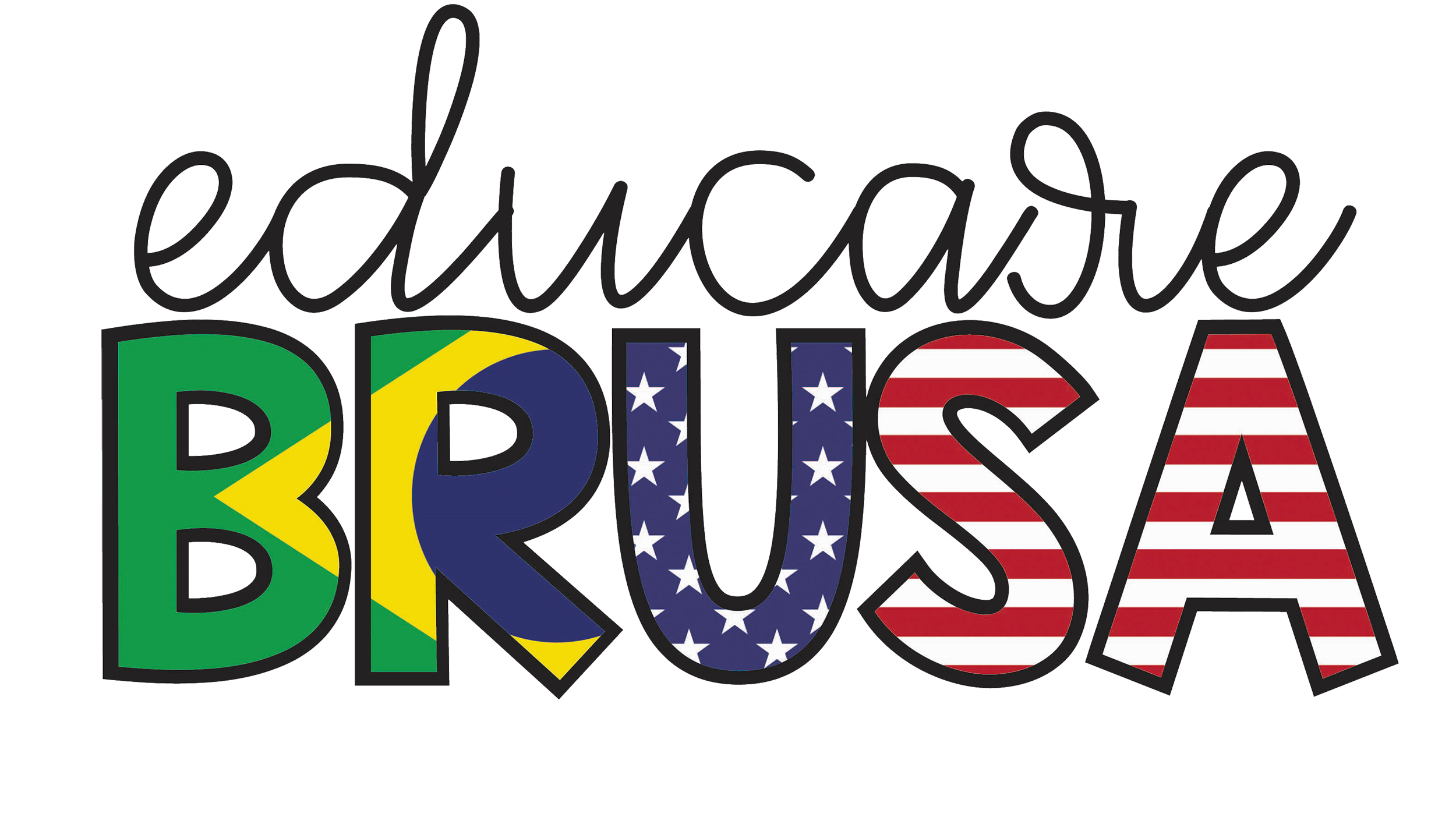The Importance of Matching Skills in a Special Education classroom
What is the importance of matching skills in a special education classroom? How do teaching matching to preschoolers with special needs help them in building useful skills? These are some frequently asked questions by parents and teachers working in preschool special education centers. Today, I dedicate my article to these important basic questions.

Many parents think that teaching basic mathematics to preschool children should start with enumeration (how to count). No doubt counting is important, but there is a lot more to basic maths education than counting. Especially in children with special needs. Without saying anything further, let us jump into the topic.
THE IMPORTANCE OF MATCHING SKILLS IN A SPECIAL EDUCATION CLASSROOM
Let’s discuss the importance and activities for learning matching skills in a preschool special education classroom
IMPORTANCE
Matching is an early life important math skill that helps in the classification of objects based on their size, color, and type, etc. These skills build the basic knowledge of the kids with special needs which helps them in classifying objects and identifying relations with them. It is an early math skill that supports the early literacy of preschoolers when they learn to match letters and sounds.
Developing matching skills help preschoolers with special needs to learn words and letters. It also assists children with special needs in differentiating opposite works like ‘same’ from ‘different’. It builds up their problem-solving strategies and memory building at a younger age.
ACTIVITIES
Children with special needs like autism require special attention while learning such skills. We compiled some easy activities that can be done in the classroom as well as virtual sessions:
Procedure: The teacher should place two items at a table, well-spaced. Hand an object to the students that matched with one of the objects on the table and tell them to place it next to it. If the students find it hard, the teacher should perform the task herself first, giving an idea to the children. When the children learn the basics, increase the number of distractions on the table.
The teacher should command the students with words like “put with the same.” Once the students get familiar with the idea of matching, replace the words with phrases having the same meanings as “where does this go” or “find one like this,” etc.
Children quickly get familiar with the idea of matching and you can omit the verbal cue entirely. Once learned, the teacher should move on to the next step, that is, name the object (e.g, place with the same ‘cookie’).
(Tip: for motivation, use interesting objects, e.g., food, toys, etc.)
Mastery crit: Students should perform each phase nine out of ten times with success with no prompting with two choices. For three objects, success in 8 out of 10 attempts is required.
Phase 1. object to object (3-D): Begin with two pairs of objects that are already familiar to the students. Put the first item on the table and hand over the other pair to the student to match. Add a distractor in the next step. Try the next item in the next step. Repeat the previous item to check for a review. When the student has passed this stage, put out both items at the table, and ask for any of them randomly. This is called “random rotation.” When each item is mastered, add another item and repeat the same procedure.
Once the students get along with the idea of matching at the table, repeat the procedure in the classroom. Hand over the item to students and ask them to find the other pair in the room. Later you can just name the item and ask them to find it by just looking at it.
Phase 2. Picture-to-picture (identical objects, fruits, persons, and animals): Once the students master the first phase with at least ten objects, move on to the next phase. Use identical pairs of pictures of items that the students are familiar with. Select two items in the beginning. Follow the same discrimination procedure as that of phase 1. Once an item is mastered, add another.
Phase 3. Color: When the students are familiar with phase 1, use identical objects that are the same in every respect except the color. Follow the same protocols.
Phase 4. Shape: Use objects that are familiar in every respect except shape.
Phase 5. Picture-to-object: Once the previous phases are mastered, the teacher should show a picture to the students and ask them to find the same object on the table/room.
Phase 6. Sorting: Once the students have mastered the previous phases, give two items at a time to the students to sort. The cue should be “put with the same.” Gradually increase the number of items.
Phase 7. Association: hand an object or picture to the students and ask, “what does this go with”? the students should put it with the associated item.
Phase 8. Emotions: Match faces that depict the same emotions
Phase 9. Letter, numbers, and words: Follow the same procedure with letters, numbers, and words.
CONCLUSION
https://iraparenting.com/learning-corner/early-childhood-math-important-early-skills/While most parents ignore the importance of Matching Skills in a Special Education preschool learning, it is the teachers that have to pay attention. Basic math skills such as matching play a great role in the early development of the brain in preschoolers, especially children with special needs.
Buy More Activities From Our store.
